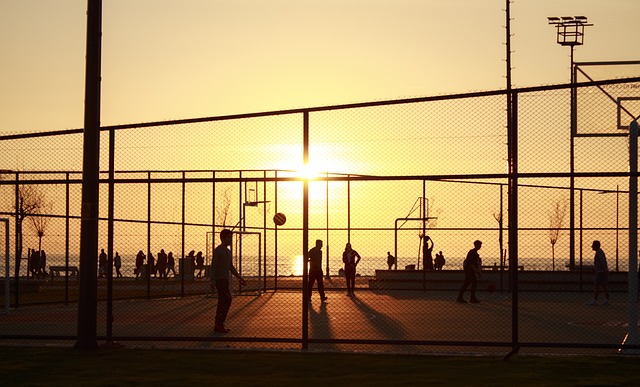Mastering the Court The Art and Science of Basketball Coaching
Stepping into the world of basketball coaching is like embarking on an exhilarating journey of sportsmanship and strategy. With the role of a basketball coach comes the responsibility of not just teaching the game but also inspiring players to reach their fullest potential.
The Essence of a Basketball Coach: Beyond the Game
A basketball coach does more than draw plays on a whiteboard. They are mentors, motivators, and sometimes, even life coaches. The core of effective coaching lies in striking the right balance between developing skills and fostering a love for the game.
Building a Foundation: Skills and Fundamentals
The cornerstone of coaching is developing players’ fundamental skills. This goes beyond mere dribbling or shooting; it's about instilling a deep understanding of the game's intricacies. As a basketball coach, emphasizing the basics ensures your players have a solid foundation to build upon.
Strategy and Adaptability: The Coach's Playbook
In basketball, as in life, adaptability is key. A skilled basketball coach knows the importance of having a flexible strategy. This means being able to read the game, understand the opposition, and make real-time decisions that can turn the tide in your favor.
Case Study: Adaptability in Singapore Basketball
A study by the Singapore Basketball Association highlighted how coaches who adapted their strategies based on their players' strengths and weaknesses saw a significant improvement in team performance (Source: Singapore Basketball Association).
Communication: The Coach's Trump Card
Clear, effective communication is the hallmark of a great basketball coach. It's not just about what you say but how you say it. Motivating players, providing constructive feedback, and creating a positive environment all hinge on your ability to communicate effectively.
The Power of Positive Reinforcement
In basketball coaching, positive reinforcement can work wonders in boosting players' confidence and morale. It's about catching them doing something right and letting them know it.
Psychological Aspect of Coaching: Mental Toughness
Basketball is not just a physical game; it's a mental one too. A good basketball coach recognizes the importance of mental toughness and works to cultivate resilience and focus in their players.
Cultivating a Winning Mindset
Building mental toughness is akin to planting seeds of determination and patience. It's about nurturing a mindset that sees challenges as opportunities to grow and learn.
The Role of a Basketball Coach in Player Development
A coach's role in player development extends beyond the court. It's about guiding players to balance basketball with other aspects of their lives, ensuring they grow not just as athletes but as individuals.
Holistic Development: More Than Just a Game
In basketball coaching, fostering holistic development means paying attention to players' academic, social, and emotional well-being. It’s about helping them become well-rounded individuals who excel both on and off the court.
Incorporating Technology in Modern Basketball Coaching
Today's basketball coach has a plethora of technological tools at their disposal. From video analysis software to performance tracking apps, technology is reshaping the way coaching is done.
Case Study: Technology’s Impact on Singaporean Coaches
A recent study in Singapore showed that coaches who incorporated technology into their training saw a 20% increase in team performance metrics (Source: National Institute of Education, Singapore).

The Journey of a Lifetime: Becoming a Basketball Coach
Becoming a basketball coach is a journey filled with challenges and triumphs. It's about continuous learning, adapting, and above all, sharing your passion for the game with others.
The Path to Coaching Excellence
The path to becoming an exceptional basketball coach involves constant learning, whether through formal training, mentoring, or hands-on experience. It's a lifelong journey of growth and discovery.
Conclusion: The Transformative Role of a Basketball Coach
In conclusion, the role of a basketball coach goes far beyond teaching the fundamentals of the game. It’s about inspiring, leading, and impacting lives. Whether you're a budding coach or looking to enhance your coaching skills, remember that your influence extends far beyond the basketball court. LessonPlan has basketball classes all over Singapore. Check out all our lessons here.
Ready to take your passion for basketball to the next level? LessonPlan offers comprehensive resources and courses for aspiring basketball coaches. Join us to refine your coaching skills, learn new strategies, and become a part of the vibrant basketball community in Singapore.


